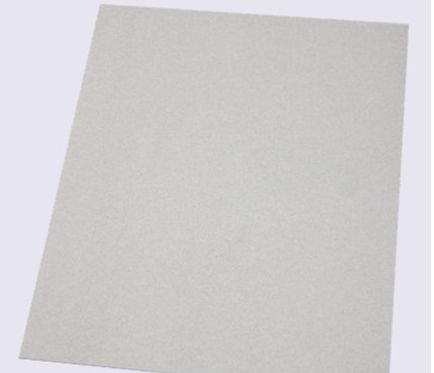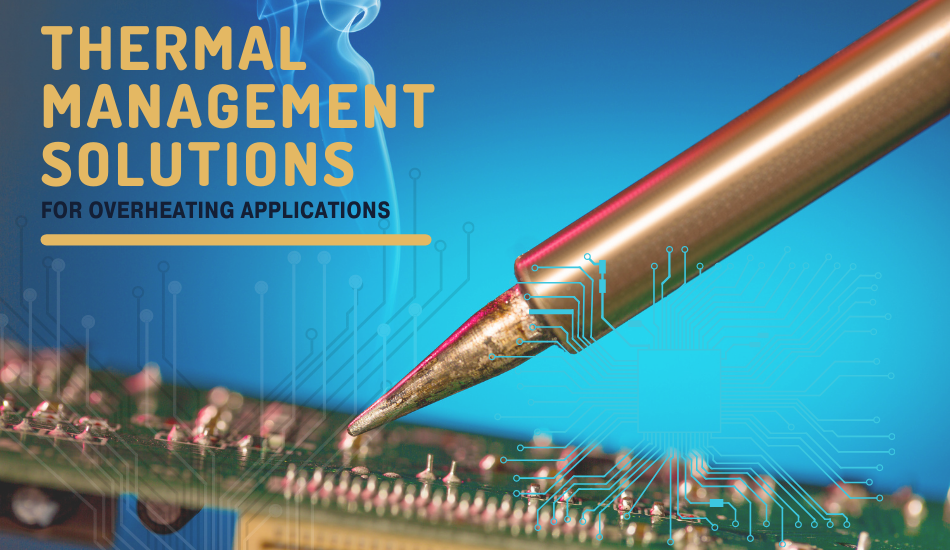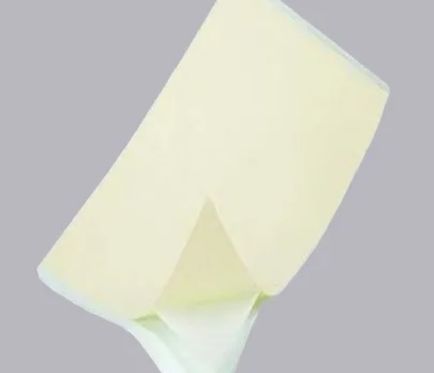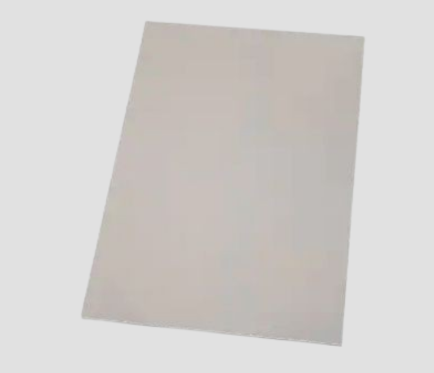Is your electronic device facing a forestalling issue? Have you also noticed some melted internal wiring and circuits in your electronic devices? There is only one possible solution for this challenge, and that answer is thermal management solutions.
The electronic devices have different thresholds for the temperature they can withstand; each device runs at a different level of current voltage, and amps run so each can withstand the varying level of heat. Thermal management solutions include several methods and technologies used for different devices used in several applications.
What Are The Challenges Of Electronic Devices?
Electronic devices are running faster and performing better than ever, and all this is just because they have much faster processors and are capable of multitasking. This is all due to the technological advancements of modern electronic devices.
This advancement has given way to the issue of overheating and excessive heat accumulation in one area. The devices are becoming smaller and compact, and lightweight too, but this increases the chances of overheating.
Overheating is the only thing that can damage modern and trendy devices. These devices are so good that rugged and long operational hours do not impact them. Rather the overheating causes the issues.
Shop Now

3M Thermally Conductive Interface Pad 5590H
Request For Price
3M thermally conductive interface pad 5571
Request For Price
How Does Overheating Impact The Electronic Devices?
The circuits and other internal components in any electronic device work better in lower temperatures; however, they can work just fine even at some high temperatures, but it can make them lose their efficiency and performance over a period.
Excessive heat generation leads to degradation at the micro-level; it damages the materials used in the circuits, which generates cracks and deformation of the shapes. The whole structure sometimes melts and seeps into each other, which relapses the device’s performance.
What Are The Modern And Advanced Thermal Management Solutions For Electronic Equipments?
We have more than ever options for thermal management solutioto choose from, yet achieving complete heat removal is difficult. We have so many new and modern solutions for heat removal.
Heat Sinks
Heat sinks are very common and useful in reducing thermal resistance. These are available in different shapes and sizes and are used in a wide range of application areas.
Fans or Blowers
These are mounted additives to move the hot air from the surface. The blowers disperse the hot air, not remove it or cool it down. Also, these are not as effective as the cool air. These are not ideal for various reasons, like noise and not being that efficient.
Peltier Devices
These refer to the semiconductor additives that work on the Peltier method to move the heat from one area to other. In this method, the colder side of the device is attached to the heatsink or other heat-generating device, and it moves the heat to the other side of the device.
Heat Pipes
Heat pipes are one of the best thermal management solutions, and these are good conductors of heat. These work behind the scene and do not interfere with active processing.
The heat pipes work by attaching one end of the pipe with the heat-generating component, and the other part is connected with the colder end or a condenser. These work in a two-phase heat transfer method.
This has more benefits over other thermal management solutions as the heat pipes disperse more heat than other thermal management solutions for electronic equipment. These can be customized as per the need; these can easily be flattened or bent in different shapes to fit the housing area completely.
Two-Phased Cooling
This is a new method to provide a thermal solution to heavy electronic devices. This trending method for thermal management solutions for electronic equipment like data centres, high-power processing, computing devices, etc.
In this, we have immersion cooling for such devices in which the whole machinery is submerged into the engineered fluids, and the liquid is brought to the boiling point, then the vapour helps to cool the second time.
The electronic grade thermal liquids also prevent the flux and prevent rusting. Another benefit of this method is that the components can be placed closely in more confined spaces as the heat will be removed by dunking the devices into the liquid.
Conclusion
Thermal management solutions have become very common in systems like servers, electronic switches, computers, data centres, and other applications. The new thermal management solutions for electronic equipment have become more because these applications need more power as they function more and do more complex calculations.
Traditional methods for thermal management are not feasible anymore as these do not provide proper and appropriate heat removal.
The high-performing devices and modules require high thermal solutions that protect the critical components. New thermal management solutions for electronic equipment have emerged in immersion cooling, two-phase cooling, and heat pipes.



